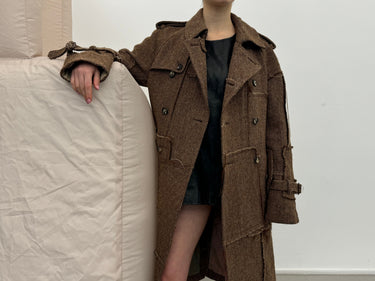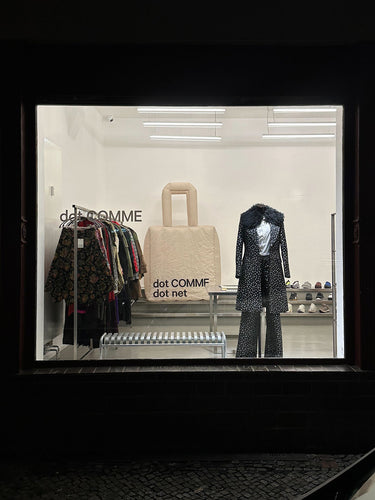dot COMME joins Voo Archive with pieces from one of the biggest private Comme des Garçons collections in the world. The archive is the work of Octavius La Rosa, whose personal fixation has become a reference point for collectors, researchers and institutions. Over time it has grown beyond Comme, pulling in designers in the same orbit. Junya Watanabe. Yohji Yamamoto. Issey Miyake. Walter Van Beirendonck. All connected by instinct more than history.
In Berlin, the pop-up arrives as dot COMME moves from Melbourne to Paris and takes on a more curatorial direction. Before the pop-up, we spoke with him about collecting as language, curiosity as method and keeping clothes alive long after the runway.
Voo Archive Invites
Voo Archive Invites: dot COMME
- Words
- Isabel Barletta
- Photography
- dot COMME, Daria Kolomiiets








